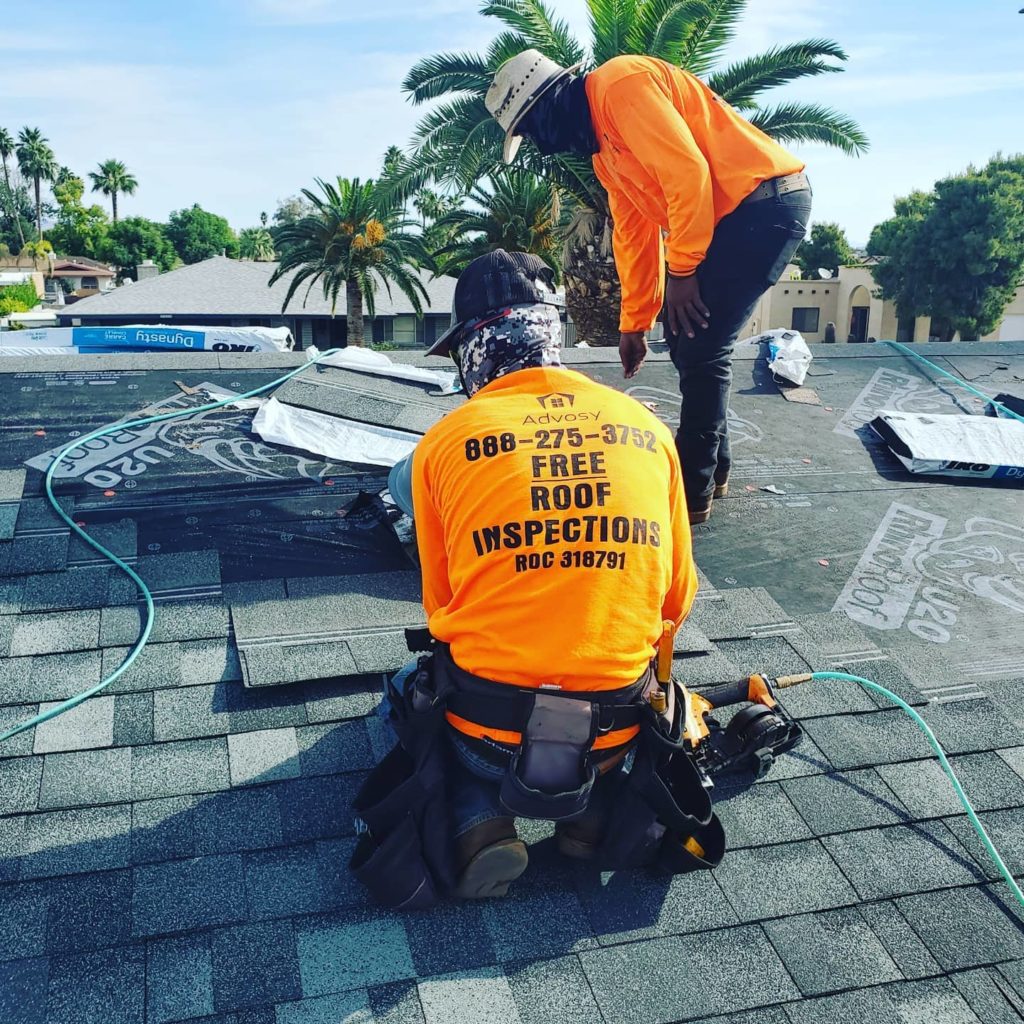If your roof got damaged, you might want to know if your homeowners insurance covers the repair cost. Homeowners insurance may cover roof damage, depending on what caused the damage. In this post, we talk about the circumstances in which an insurance policy would cover your roof repair and how you can navigate the claim process.
What Kind Of Damage Does Homeowners Insurance Cover?
Typical all-perils homeowners insurance policy covers your roof and the cost of replacing or repairing it if it gets damaged as a result of a sudden accident or act of nature. For example, homeowners insurance may help cover the cost of repairs if hail, hurricane or a fallen tree damages your roof.
However, roof damage resulting from general wear and tear or from a roof that has exceeded its estimated life span is not eligible for reimbursement. Such problems fall under the general maintenance responsibility of the homeowner or business.
In the event that your homeowner insurance covers roof damage, the chances of getting your claim approved ultimately rest on a number of factors, including the terms of your policy, coverage limits and deductible. Before you start the process of filing a roof claim, make sure you read and understand your policy to know if you’re eligible.
If you find the process too overwhelming or complicated, you should consider speaking with a roofing company that has experience dealing with insurance claims
How Does Roof Coverage Work?
Of all the parts of your home, the roof has the most direct exposure to assaults from elements all-year. If your roof has been damaged by hail or high wind and the damage is covered by your homeowners insurance, the insurance will pay the repair or replacement cost.
It’s important to keep in mind that you will likely need to pay a deductible before homeowners insurance will help you repair a damaged roof.
A deductible refers to the total money you are expected to have paid to an insurance company before you can be entitled to a claim. Some policies, especially those written high-risk states or regions, impose a higher deductible for damages that result from hailstorms.
Also, you need to find out if your homeowners insurance policy has windstorm and hail exclusions. Learning about your insurance policy, including the applicable deductibles and coverage limits help you to become confident when filing an insurance claim.
Insurance Inspection
Once you have filed a roof claim, your insurance company will send their adjuster to inspect the level of damage your roof suffered. The adjuster inspects and provides their estimate of what they think should be enough to repair your roof damage.
But the problem is, many of these insurance adjusters have little or no experience when it comes to roof repair or replacement. As a result, they may intentionally or unintentionally reduce your claim. It is advisable to invite your local contractor over on the day of the inspection. This will ensure that you get the right amount of reimbursement to finance the repair of your roof.


